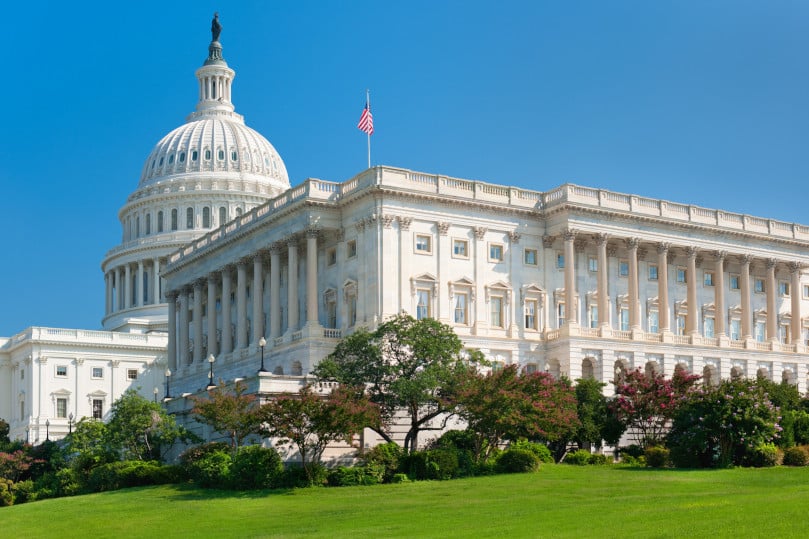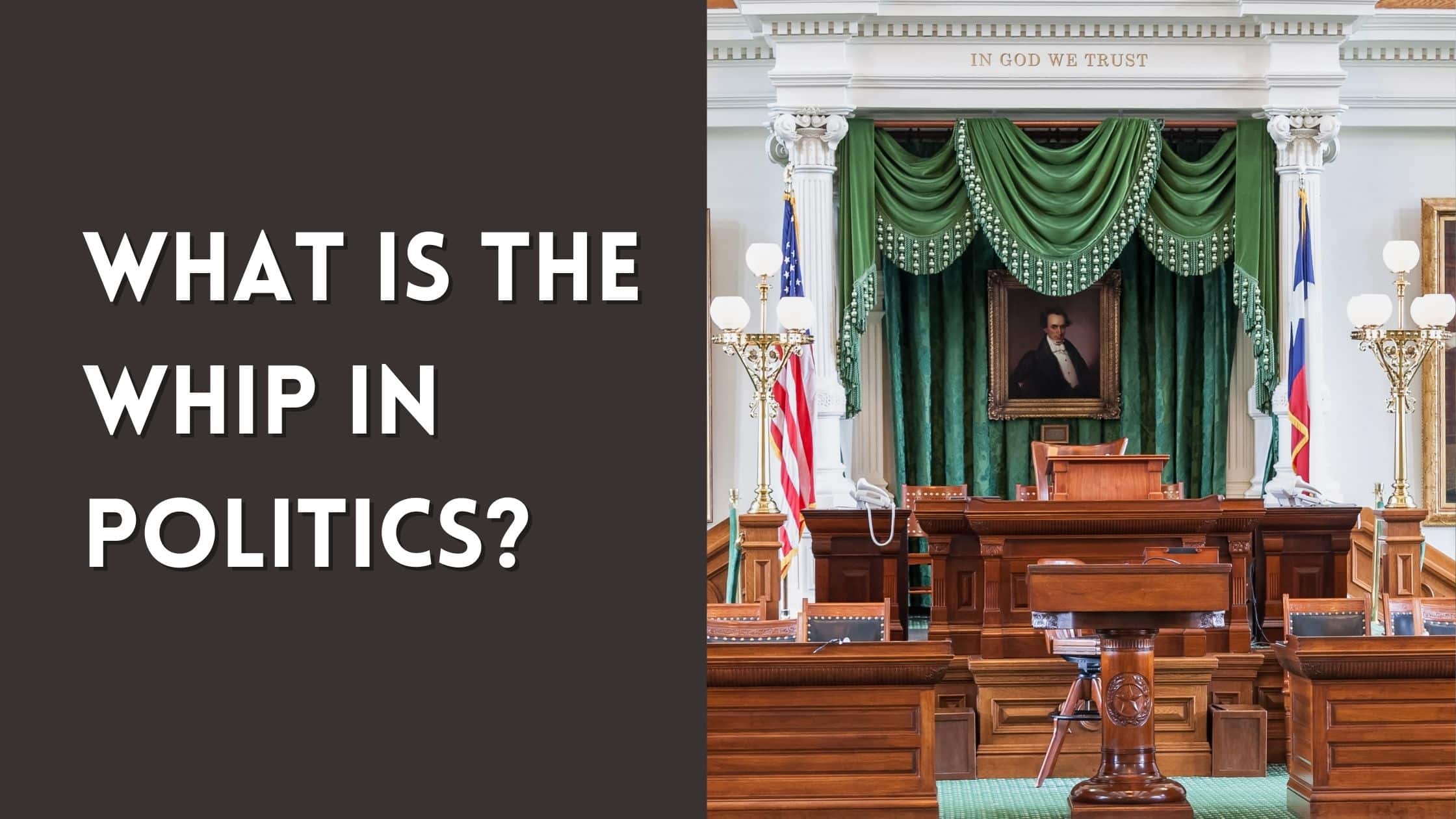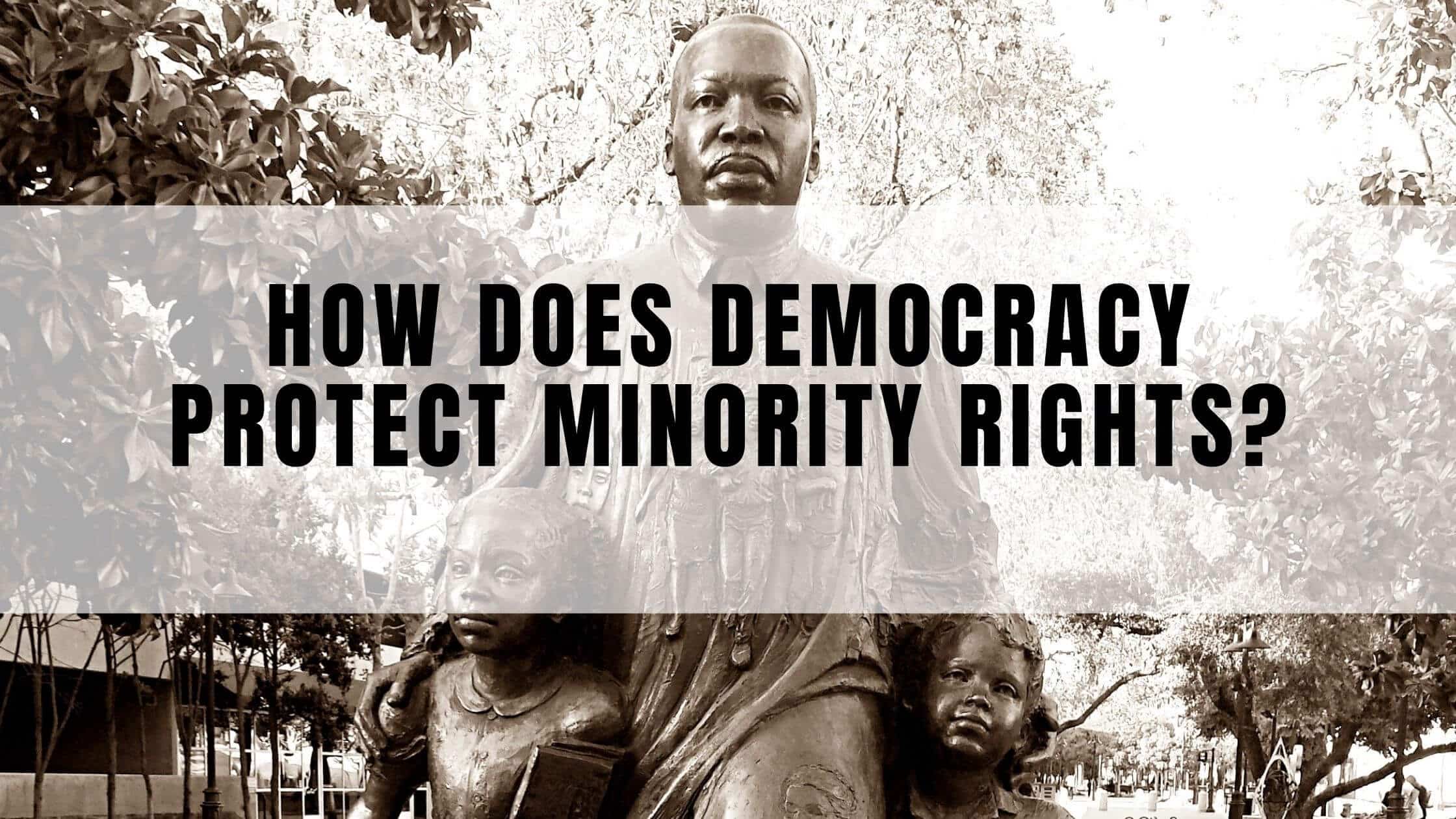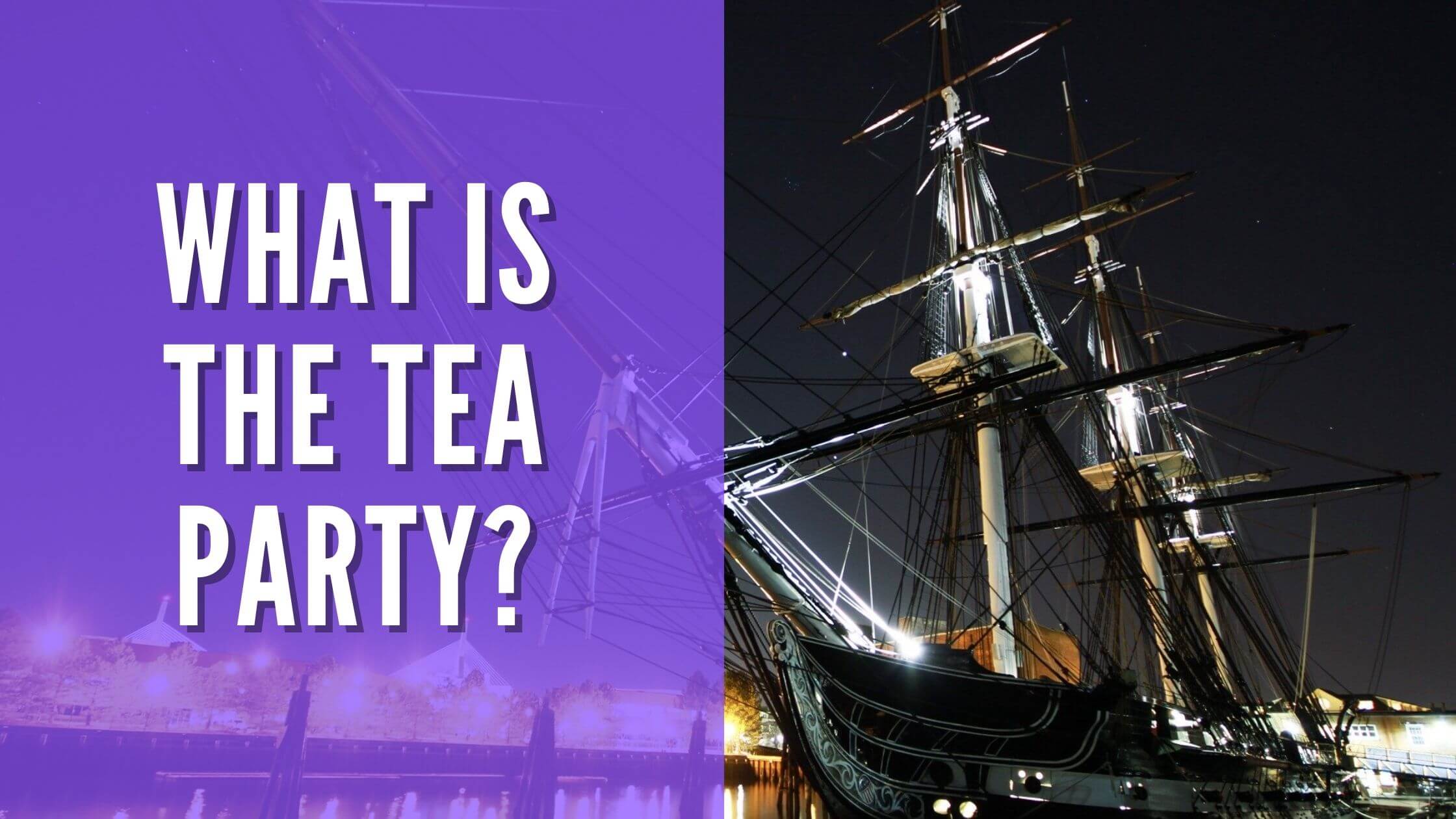Table of Contents
ToggleThe position of “whip” originated in 18th century Great Britain, and with the proliferation of legislative bodies in governments around the world in the modern political era, it has become an essential role.
What is the whip in politics?
In political systems, a “whip” is not a thing, but a person. Often one of the highest positions within a legislative or parliamentarian body (depending on the form of government), the whip is an assistant to a political party’s legislative leader and is responsible for party discipline.
This discipline can take the form of ensuring quorum (the attendance needed to vote on an issue), making sure that individual members of the legislative body stick to the party line during a vote (“whipping the vote”), and enforcing discipline if a member strays from the party message (e.g. removal from a committee).
Origins of the Political Whip
Due to the term’s roots in the United Kingdom’s parliament, the word “whip” has less to do with the tool often used as a weapon against animals and people and more to do with its role in the traditional English hunting party.

One member of the hunting party, a huntsman who would corral the party’s hunting dogs to keep them on task and prevent them from straying, was known for using a technique called the “whipper-in.” As the name suggests, the “whip” is related more to the action than to the person.
Whip, Whipping, and Whipped
As with its historical roots, a political whip can refer to the governmental position (e.g. United States Senate Majority Whip), yet it can also refer to the action of maintaining party discipline (e.g. “She whipped the vote.”), and finally, it can refer to the rules themselves (“Stick to the whip if you want to be re-elected.”).
Because “whip” is used as both noun, adjective, and predicate, it’s important to understand the context in which the word is being used.
Placement Within Political Systems
A whip is needed within a legislative or parliamentarian body in order to maintain unity.

Because of this, the whip is rarely seen in more hierarchical branches of government or systems such as the executive branch of republics and democracies, though there are outliers in which a whip can serve as a liaison to the executive branch.
This same reasoning applies to why a political whip is rarely seen in governments without a legislative body or governments in which the legislative body is severely weakened, for instance, aristocracies, dictatorships, juntas, oligarchies, and theocracies.
How Many Whips Are There in the United States?
The size and scope of a government affect the number of whips within a governmental system.
For example, in United States politics, each state has its own legislative body, usually with a bicameral type of legislature, which means that each state has a legislature with a lower body of representatives (based on population) and an upper body (based on equal districts).
Because there are two chambers and the United States is mostly a two-party system, each state legislature (with Nebraska as an exception) has four whips – majority house, majority senate, minority house, and minority senate.

Get Smarter on US News, History, and the Constitution
Join the thousands of fellow patriots who rely on our 5-minute newsletter to stay informed on the key events and trends that shaped our nation's past and continue to shape its present.

This style is mirrored at the federal level meaning that there are potentially over 200 whips at any given time.
In other countries with parliaments and multi-party systems, there can be a whip for every party, a coalition whip for the combination of parties that make up the majority and minority caucuses, and even a senior and junior whip (or primary and assistant whip) in each party’s body.
And to complicate matters further, some systems of government can have whips based upon a particular region or an area of legislative expertise (i.e. judicial, intelligence, budgetary affairs, etc.).
Power of the Whip
A whip’s power is often the direct result of the type of government in which it exists as well as what other entities are affecting policy.
For instance, if a country’s political parties naturally have strong party discipline due to a lack of outside influences or because the legislator/parliamentarian is less concerned about reprisal from their constituency, a whip will not be needed and will have less power as a result.
At the same time, a country with multiple outside influences such as a powerful constituency and private and corporate funding might necessitate a stronger whip but not necessarily guarantee one.

In other countries, a whip may stick to more administrative duties such as determining office space for members.
However, in governments where whips have the most power, the whip may assign party members to committees, censure members who stray from the party line, or even remove a member from the party, effectively damaging or ending that member’s political career.
The whip can also hold massive power by controlling the proxy vote for absent members or even the party as a whole.
Procedural and Administrative Variations
Just as the whip’s power is different based on the type of government, the whip’s role in daily operations changes based on the country.

For example, in the Republic of Ireland, whips set weekly agendas, and due to the usage of a division bell that determines voting times, must be physically present and ready to call a quorum.
Meanwhile, in South Korea, the political role of the party whip is combined with that of the legislative leader, effectively making one leader per party per house.
In the parliament of the United Kingdom (U.K.), the government chief whip also serves an executive position in the Cabinet in order to have a voice in the executive branch.
Whip as a Rule
When referring to the term “whip” as a series of instructions, a usage mostly seen in the U.K. parliament, there are three categories known as “lines” that increase in the level of importance and severity of punishment if not followed.

The first line (“single-line”) is considered non-binding guidance on a vote. On a single-line vote, a parliamentary will not be punished for lack of attendance or voting against the party’s position.
The second line (a “two-line” or”double-line” whip) gives instructions to attend and vote on the party line. It is considered partially binding in that consequences may occur based on the importance of the vote and the reasoning for the member’s absence or out-of-line choice.
The third line (“three-line whip”) is the most serious of the instructional whips. Used in the most important of circumstances such as votes of confidence or concerning a budget supply loss, the three-line whip requires mandatory attendance and voting on the party line under penalty of party position disbarment or even removal from the political party.











